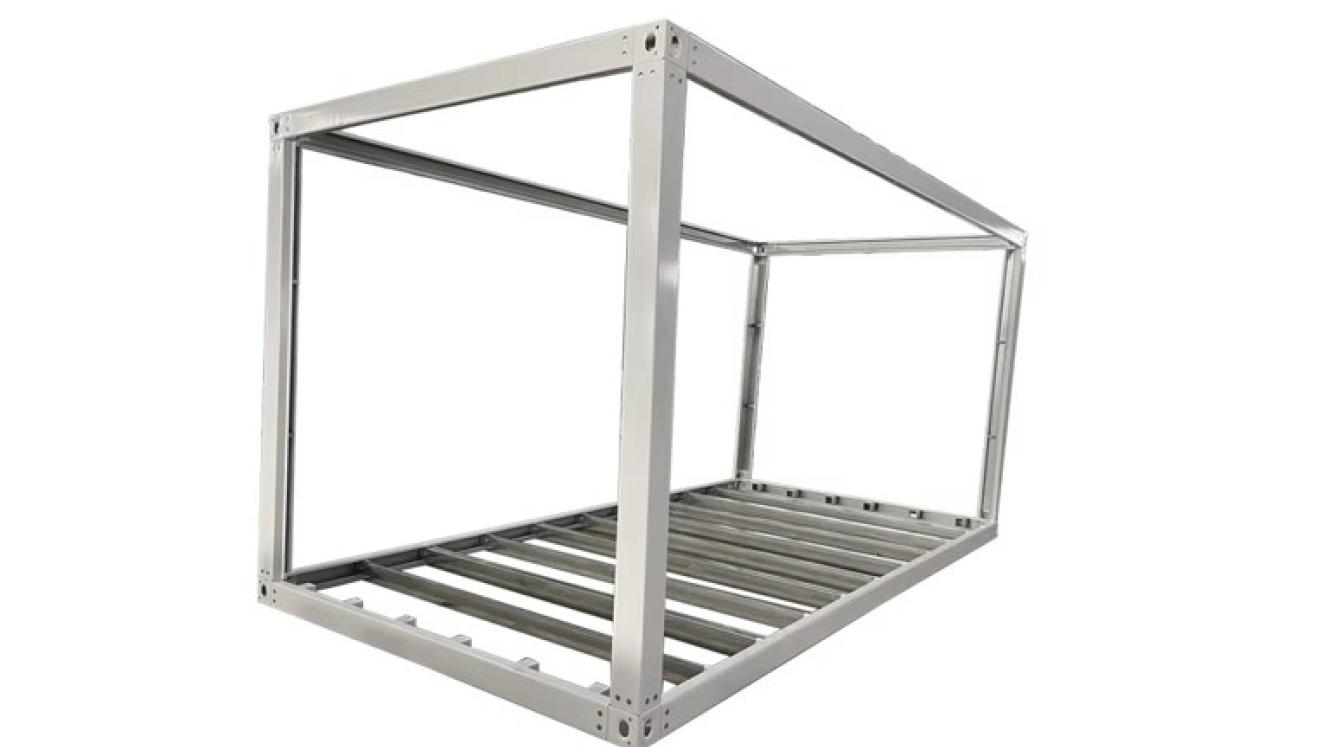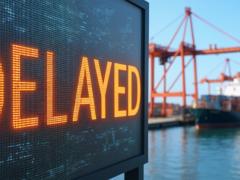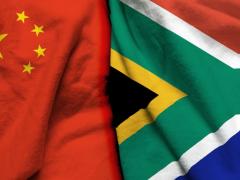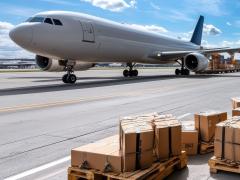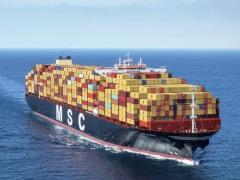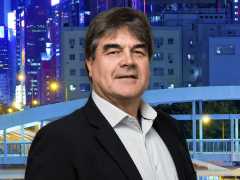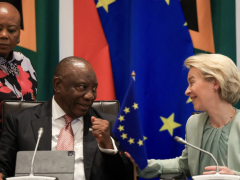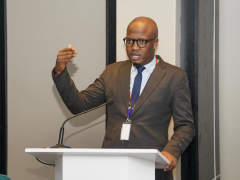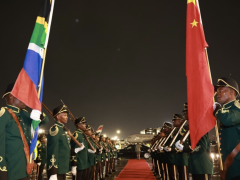South Africa’s energy crisis needs to be resolved for the region and the continent rather than just the country, according to Mpho Makwana, chair of Eskom’s management board.
He said looking at the continent there were five economic blocs, each with its own power pool.
“Through these power pools, we need to create a viable, sustainable energy supply for the continent. If one looks at Europe, then the situation is very different to that of Africa. In Europe they have the benefit of continuity of security of power supply as each country has the equivalent of power to that of their neighbours,” he said. “In southern Africa, we have a situation where Eskom’s generation accounts for 95% of the region’s power pool. That means now that we face local challenges; we don’t have neighbours who have similar capabilities and cannot assist us.”
He said in a perfect environment Eskom could produce up to 58 000MW at peak. “Of course, we are producing much less than that at present, but my point is that when we look at the next neighbour producing to scale they can at their peak only produce 3 000MW, not even 10% of Eskom’s capacity.”
He said mining houses and industrialists in general needed to sit together to find solutions to this problem.
“We have new technologies that can address the energy risks we face, like microgrids that can be used to create clusters of power generation across different supply chains.”
Makwana said the collaboration would be required to fix the Eskom crisis, the very same collaboration needed to address energy in the region and the continent.
“The burning issue of load-shedding in South Africa over the past 100 days has seen a new approach being taken. The President’s national energy crisis committee seeks to drive agility in decision-making. Together with all stakeholders, a turnaround plan is being developed, and by working together we are able to deliver solutions faster than before by bringing every decision-maker to the same table.”
He said this approach should be used on a regional and continental level to deliver power pools where countries could assist each other instead of trying to solve energy problems internally alone.
“If we take this model and apply it to power pools that already exist, we will get integration far quicker. Agility is the key,” he said.

